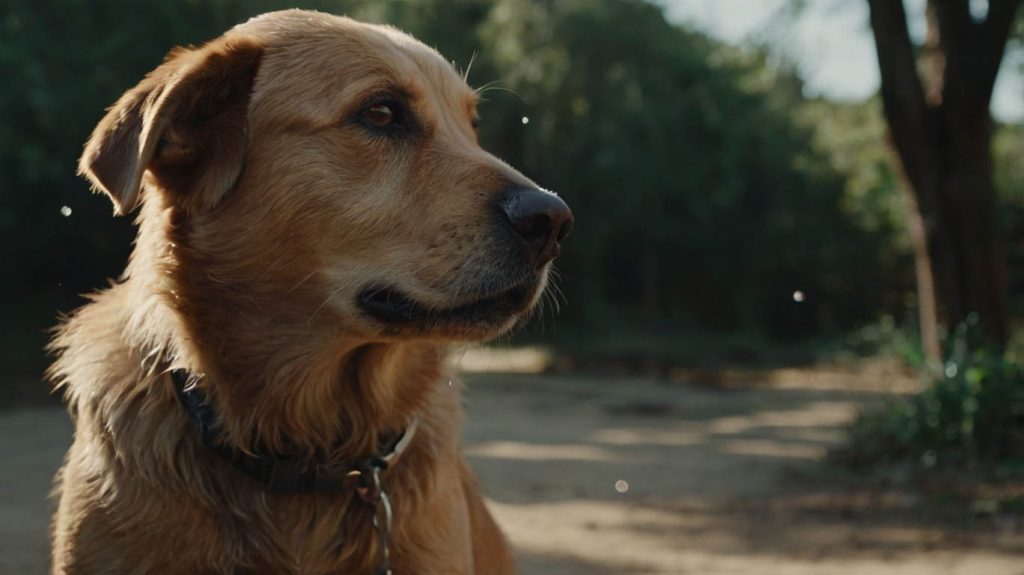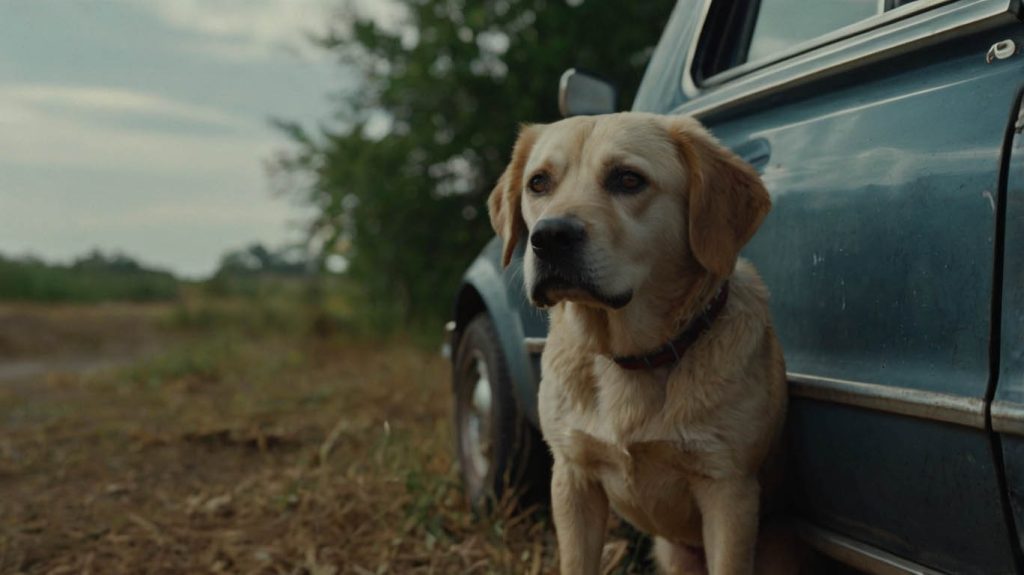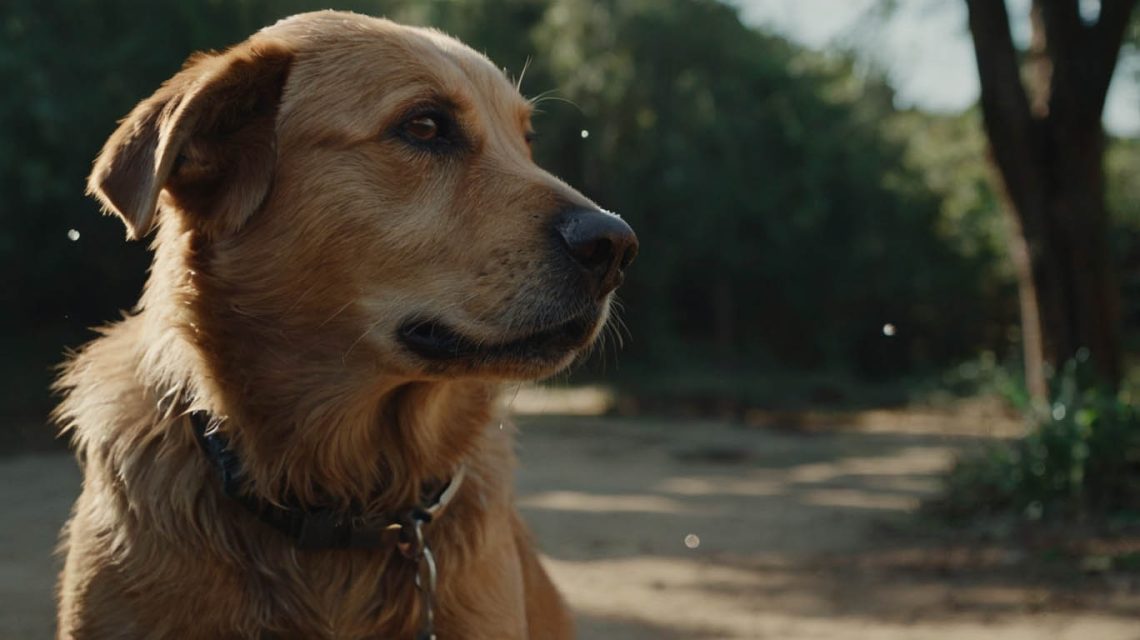The Critical Sign of Dehydration in Dog: An Owner’s Guide to Taking Action
Laura and her German Shepherd, Daisy, had just finished their favorite weekend activity: a long, sun-drenched hike through the rolling hills. Daisy had been her usual joyful self, chasing sticks and leaping over logs. That evening, however, something was different. Daisy, who normally followed Laura around the house, lay quietly on her bed. She showed no interest when Laura grabbed her leash for their nightly stroll. A small seed of worry began to sprout. Was this just post-hike fatigue, or was she seeing a subtle sign of dehydration in dog?
This question is one that countless loving pet owners face. Dehydration in dogs is a common but potentially severe condition that can escalate quickly. Since our canine companions can’t tell us they’re feeling unwell, the responsibility falls squarely on our shoulders to become keen observers of their health.
Consequently, this guide is designed to be your definitive action plan. We will explore every potential sign of dehydration in dog, from the earliest whispers of a problem to the blaring alarms of an emergency. Therefore, you will be empowered to move from a state of worry to one of confident, life-saving action.
Why Recognizing a Sign of Dehydration in Dog is So Important
A dog’s body is a complex system that runs on water. Water regulates body temperature through panting, transports vital nutrients to cells, cushions joints, and flushes dangerous toxins from the body. When a dog’s fluid levels drop, all of these critical systems begin to falter.
A mild case of dehydration can cause discomfort and lethargy. However, a severe case can lead to organ damage, kidney failure, heatstroke, and can even be fatal. Because the situation can worsen so rapidly, recognizing the very first sign of dehydration in dog is an absolutely essential skill for every owner.

The Earliest Sign of Dehydration in Dog to Watch For
Dehydration doesn’t happen all at once. It begins with subtle clues. Learning to spot these early can help you intervene before the problem becomes serious.
Lethargy as a Primary Sign of Dehydration in Dog
This is often the first and most noticeable change in behavior. A dog that is usually energetic and playful may suddenly become listless, tired, or uninterested in their favorite toys or activities. This was the first sign of dehydration in dog that Laura noticed in Daisy. This isn’t just normal tiredness; it’s a systemic lack of energy as the body works harder to perform basic functions with less fluid.
Checking for Dry or Tacky Gums
This is one of the most reliable physical checks you can perform. Gently lift your dog’s lip to expose the gum tissue above their teeth.
- Healthy Gums: Should be slick, wet, and smooth. Your finger will glide over them easily.
- Dehydrated Gums: Will feel sticky or tacky. Your finger may drag slightly instead of sliding.
This tackiness is a direct result of the body reducing saliva production to conserve water. It is a clear sign of dehydration in dog.
A Dry Nose and Thick Saliva as a Sign of Dehydration in Dog
While a dry nose isn’t always a sign of trouble, a persistently dry and cracked nose, especially when combined with other symptoms, can indicate dehydration. Furthermore, you might notice that your dog’s saliva is thick and stringy rather than thin and watery. This is another way the body tries to conserve precious fluid.
Advanced and Severe: The Alarming Sign of Dehydration in Dog
If the dehydration progresses, the signs become much more severe and alarming. If you notice any of the following, you are dealing with a veterinary emergency that requires immediate professional help.
Sunken Eyes as a Critical Sign of Dehydration in Dog
This is a very serious symptom. The fatty tissue and moisture behind the eyeballs begin to deplete, causing the eyes to physically sink into their sockets. This gives the dog a hollowed-out, dull, and often pained expression. This is a definitive sign of dehydration in dog that has reached a critical stage.
Loss of Skin Elasticity: The “Tenting” Test
This is a classic and highly reliable test for dehydration.
- Gently grasp the loose skin on your dog’s back, between their shoulder blades.
- Lift the skin up and away from the body, then release it.
- In a well-hydrated dog, the skin will snap back into place instantly.
- If the skin “tents” by returning slowly, or worse, remains raised for several seconds, it confirms a significant and dangerous level of fluid loss.
Delayed Capillary Refill Time (CRT)
This vital test measures blood circulation, which is directly impacted by dehydration.
- Press your finger firmly on the pink part of your dog’s gum until it turns white.
- Remove your finger and count how many seconds it takes for the normal color to return.
- A healthy CRT is less than 2 seconds. A longer time indicates that blood flow is sluggish due to decreased blood volume, a serious sign of dehydration in dog.

What to Do When You See a Sign of Dehydration in Dog
Discovering these signs can be scary, but having a clear plan is key. Your response should be based on the severity of the symptoms.
At-Home First Aid for a Mild Sign of Dehydration in Dog
If you only see mild signs like slight lethargy or tacky gums and your dog is otherwise alert, you can take these initial steps.
- Move to a cool place: Get your dog out of the heat immediately.
- Offer small sips of water: Provide fresh, cool water, but do not let them gulp it all at once, as this can cause vomiting.
- Try ice chips: Many dogs prefer licking ice chips, which rehydrates them slowly and safely.
- Call your vet for guidance: Before offering electrolyte solutions like Pedialyte, you must consult your veterinarian for approval and the correct dosage.
When to Call the Vet Immediately
Do not hesitate to seek immediate professional care if:
- You see any advanced sign of dehydration in dog (sunken eyes, skin tenting, delayed CRT, weakness).
- Your dog is vomiting or has diarrhea.
- Your dog refuses to drink any water.
- The dog is a puppy, a senior, or has a pre-existing medical condition.
Case Study Resolved: How Laura Handled the Sign of Dehydration in Dog
Let’s finish our story. Laura, seeing Daisy’s lethargy and feeling her tacky gums, knew something was wrong. She performed the skin tent test and saw it was slow to return. She immediately called her vet, who advised her to come in. The vet confirmed Daisy was moderately dehydrated and gave her subcutaneous fluids. The vet praised Laura, explaining that her quick recognition of the sign of dehydration in dog and her decisive action prevented a much more serious crisis.
Proactive Prevention: Stopping the First Sign of Dehydration in Dog
The best strategy is always prevention.
- Ensure constant access to fresh water.
- Bring a portable water bowl on all outings.
- Manage exercise carefully in the heat.
- Consider adding water or wet food to your dog’s kibble to boost hydration.
You Are Your Dog’s Best Advocate
Your dog’s health is a precious gift, and you are its guardian. By learning to spot every potential sign of dehydration in dog, you equip yourself with the knowledge to protect them.
Take a moment right now. Check your dog’s gums and practice the skin turgor test so you know what’s normal for them. If you ever suspect your dog is dehydrated, trust your instincts and contact your veterinarian. Share this guide to empower other dog owners with this critical, life-saving information.


